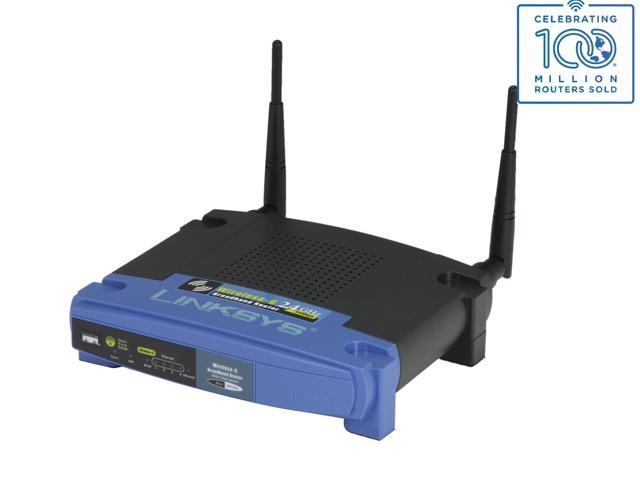Phoronix: Linksys Begins Shipping The WRT1900AC
Belkin announced today they are starting to ship the WRT1900AC, their WRT54G open-source router successor that now supports 802.11ac and other modern features. Belkin is working on open-source OpenWRT support for this new router...
Belkin announced today they are starting to ship the WRT1900AC, their WRT54G open-source router successor that now supports 802.11ac and other modern features. Belkin is working on open-source OpenWRT support for this new router...




Comment